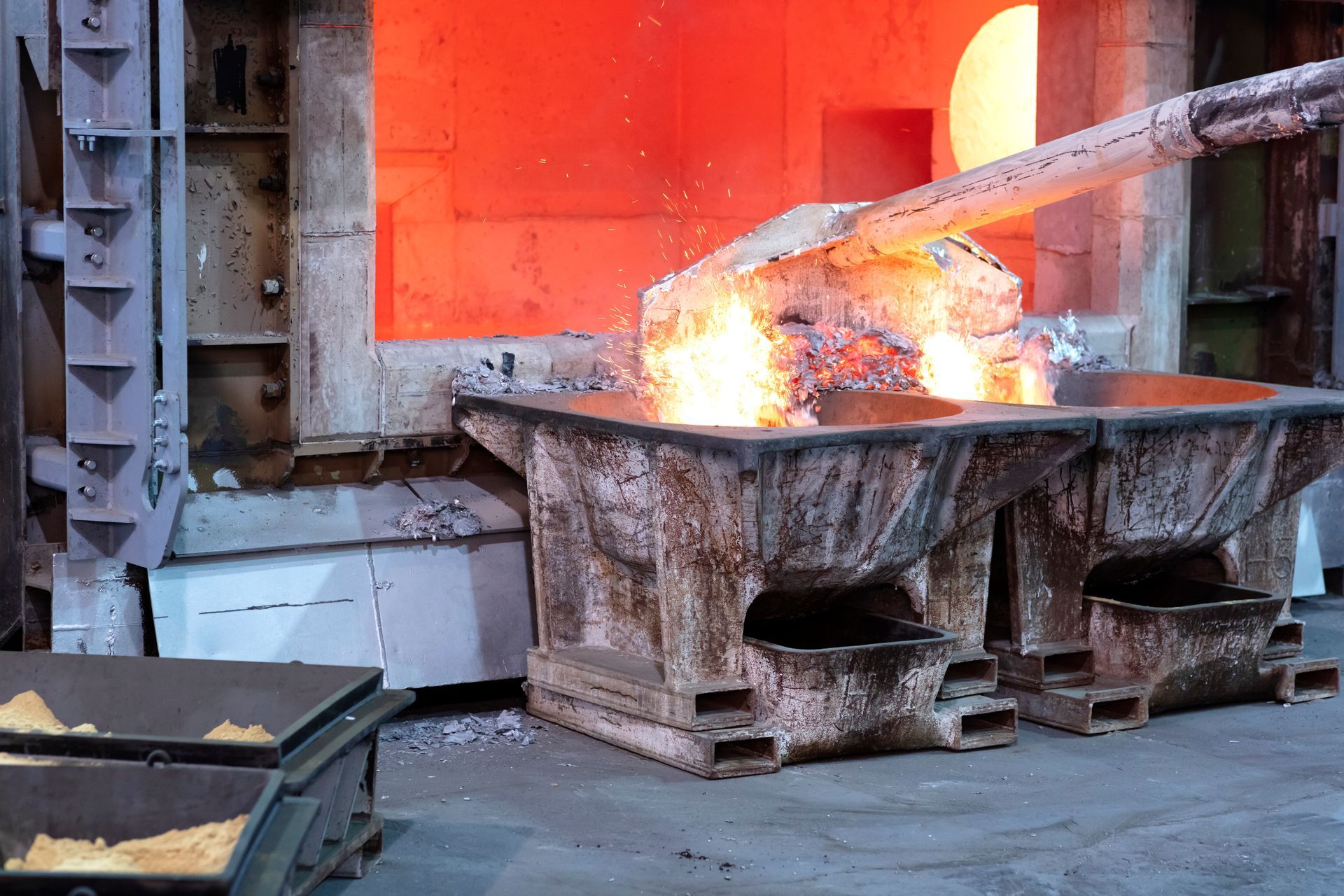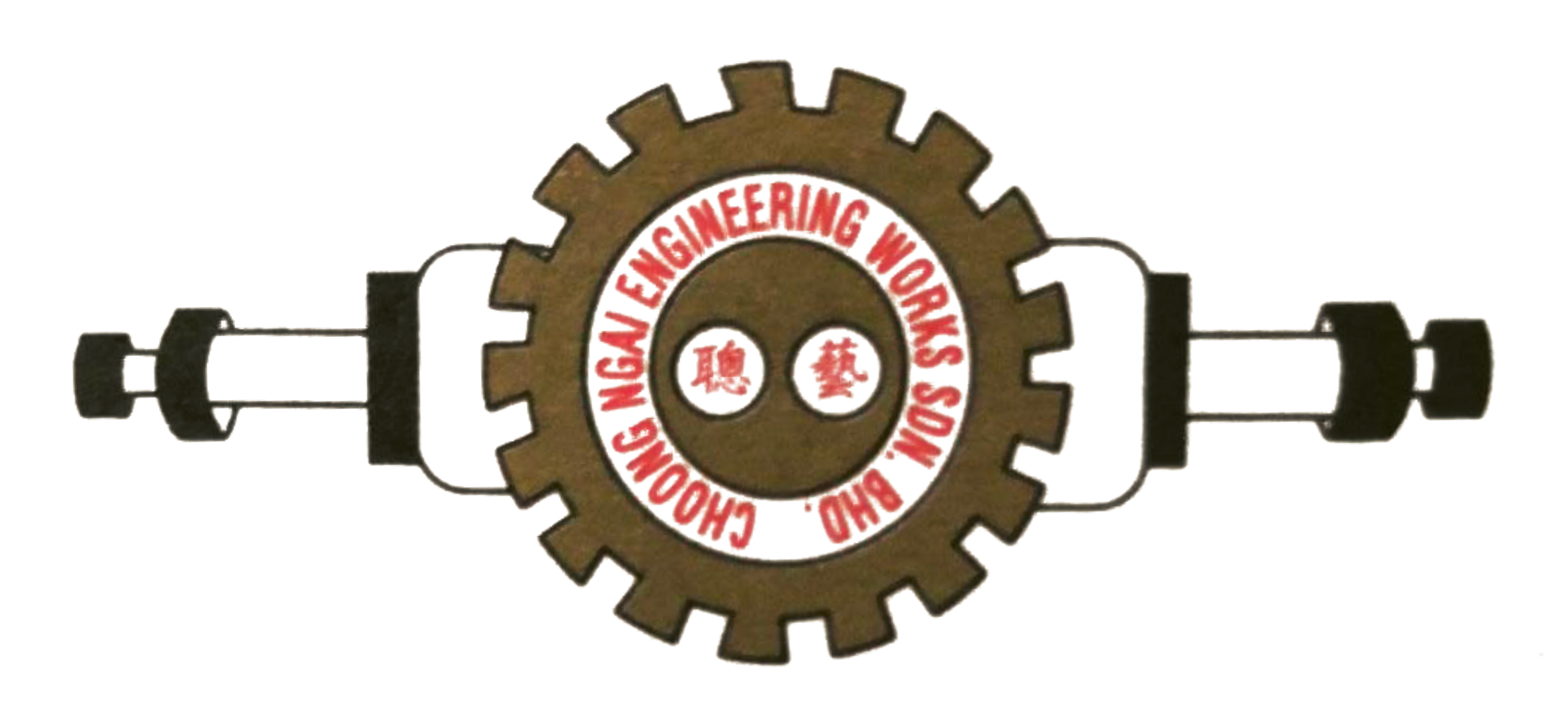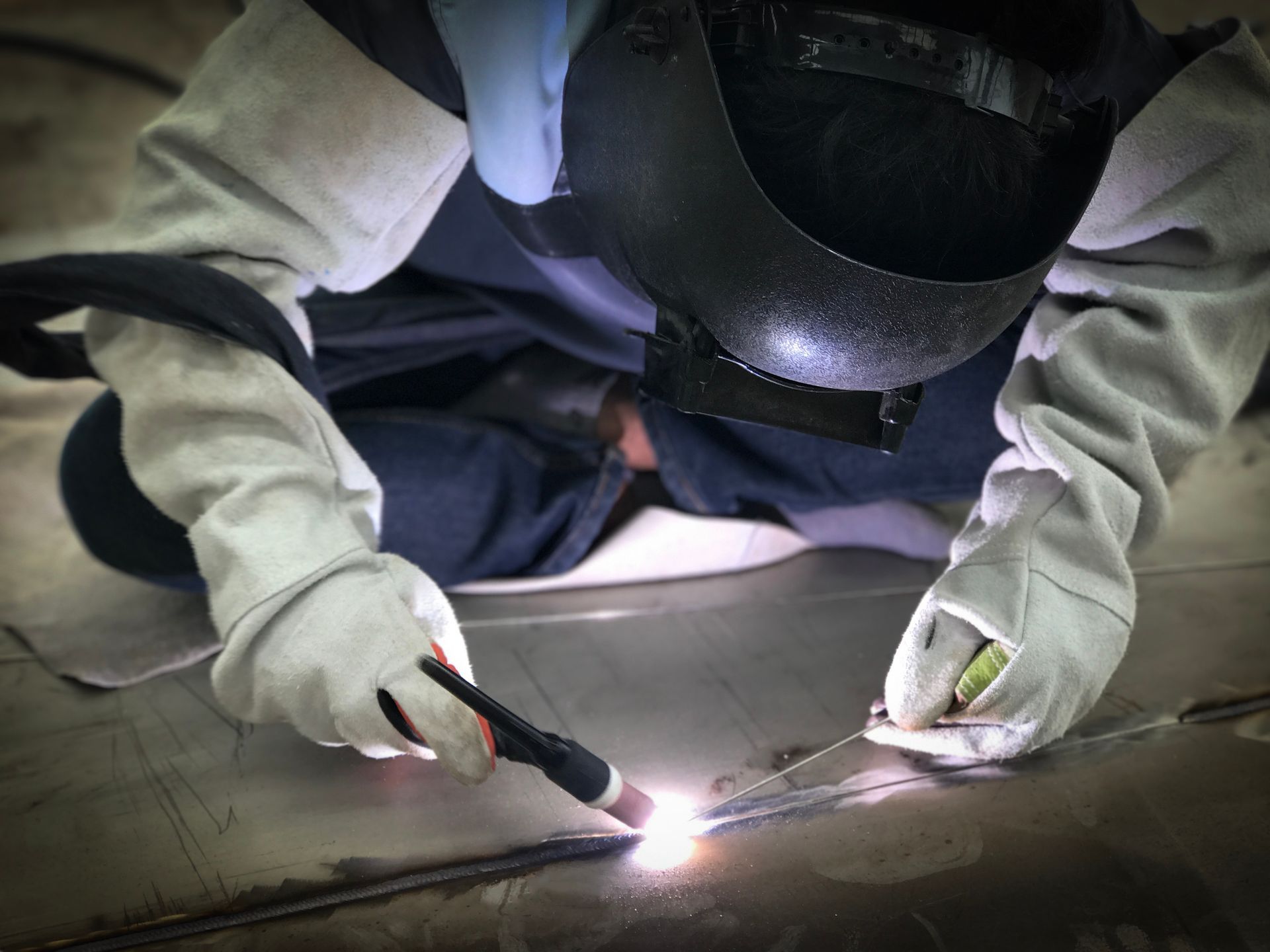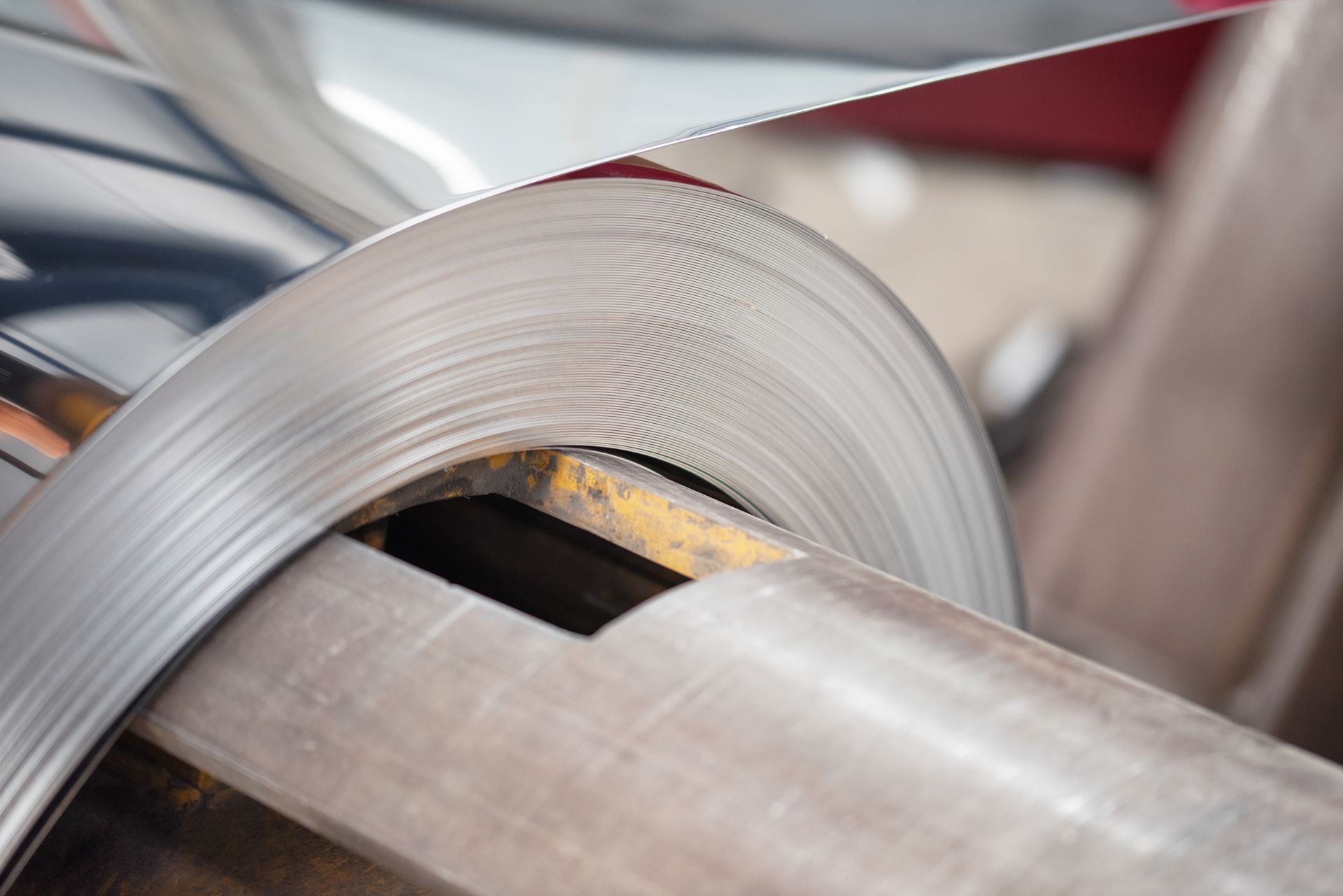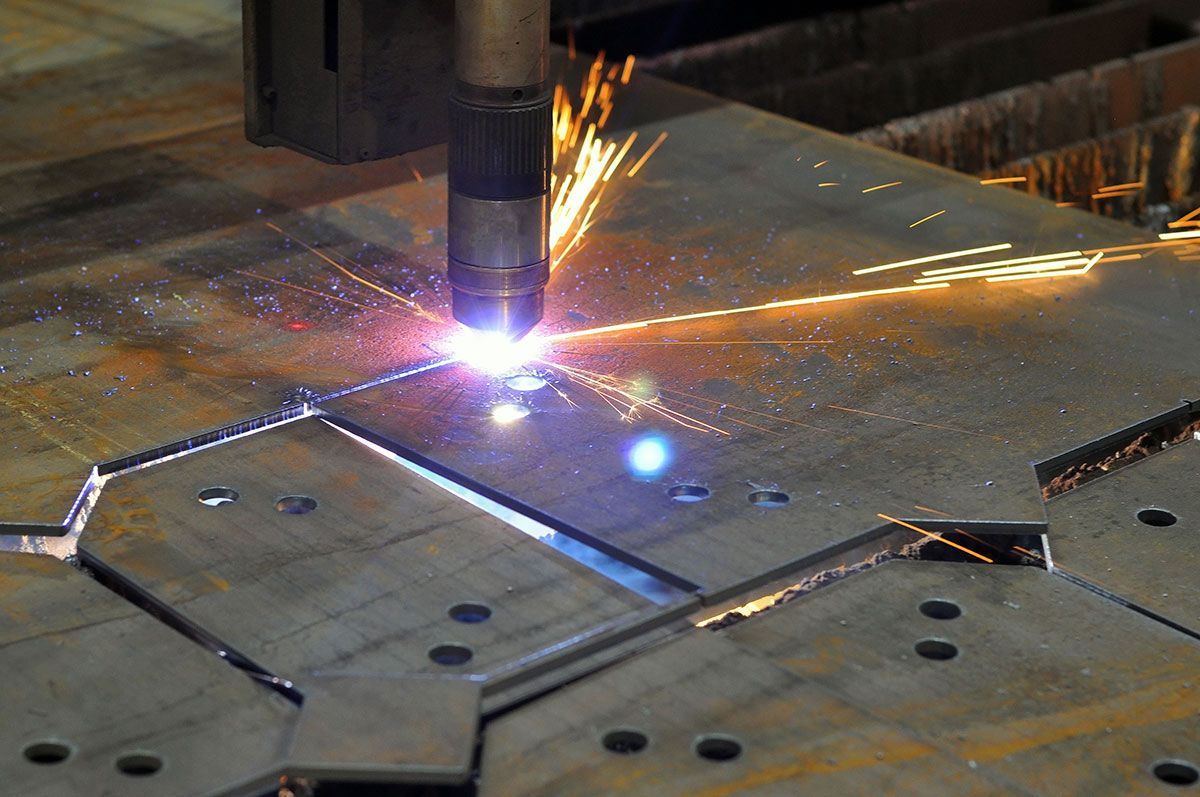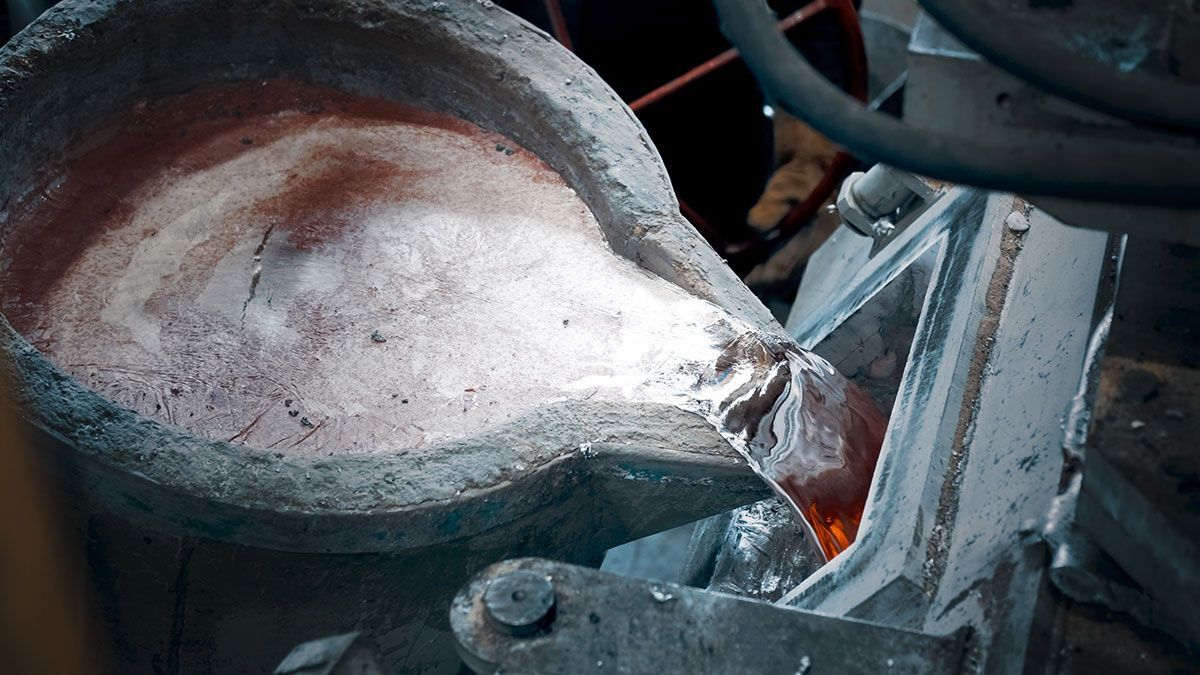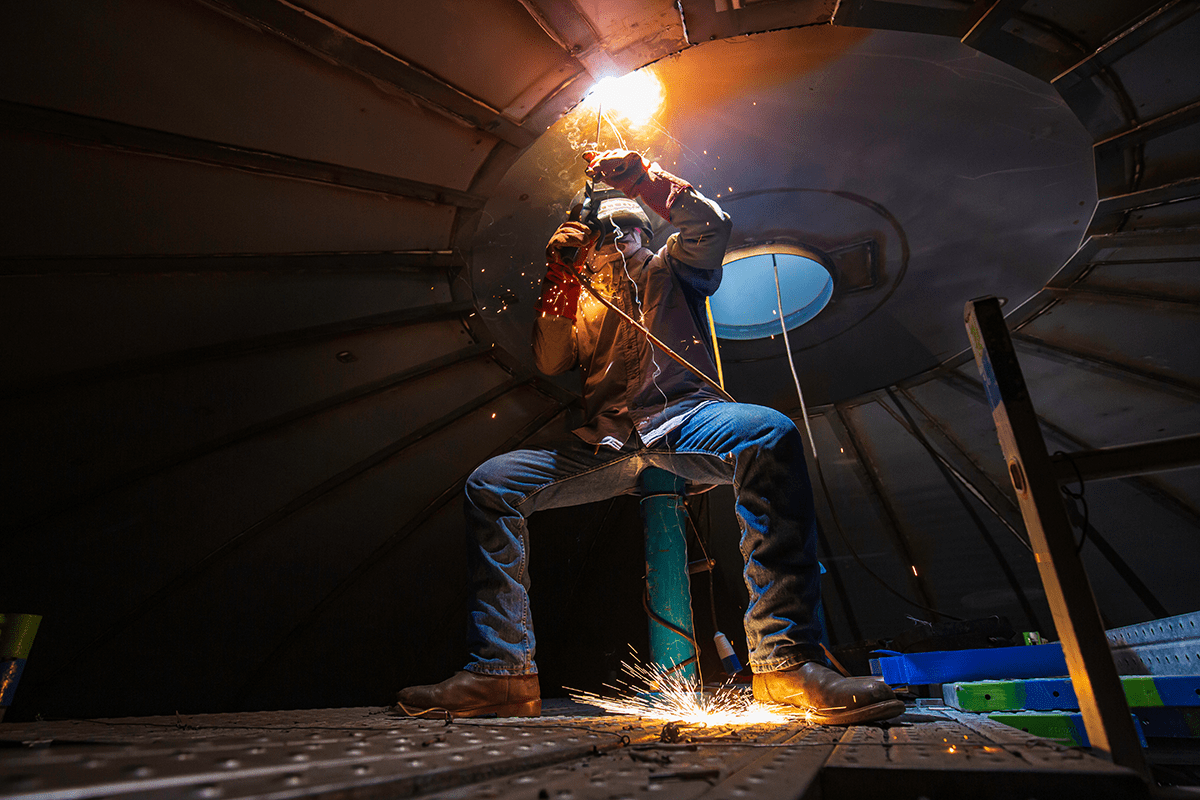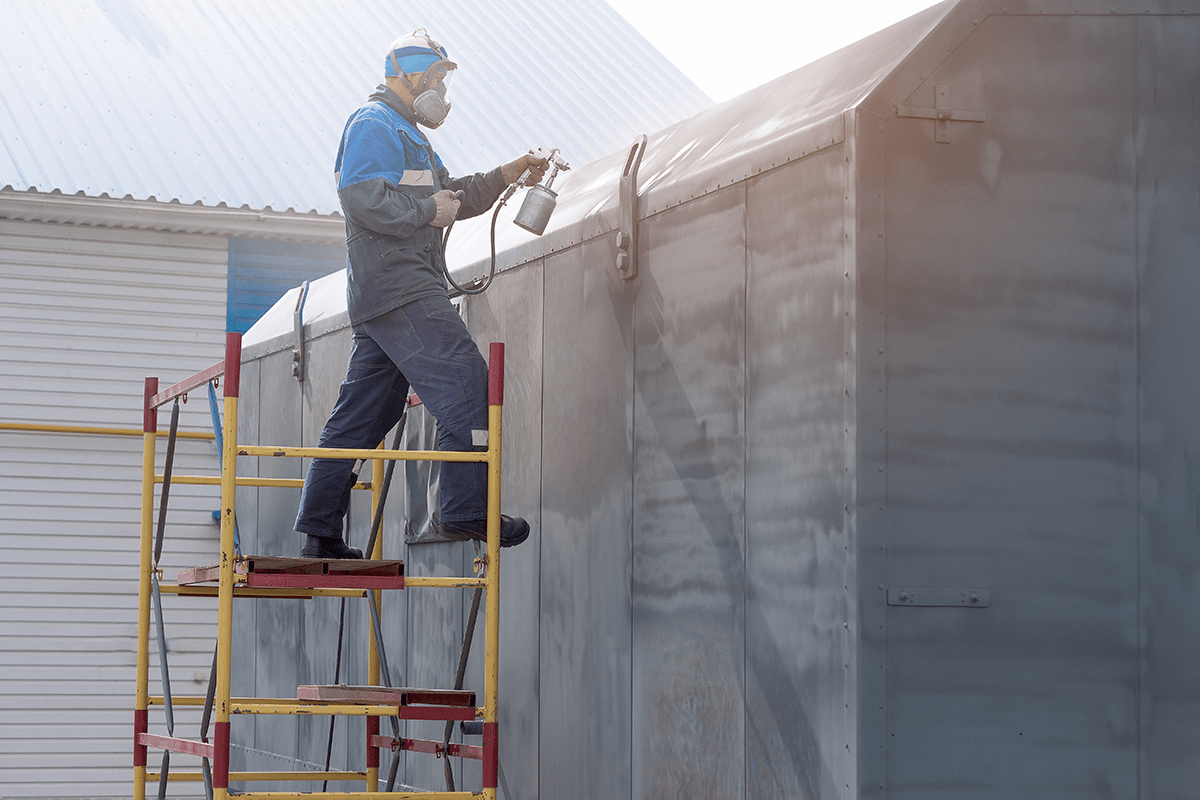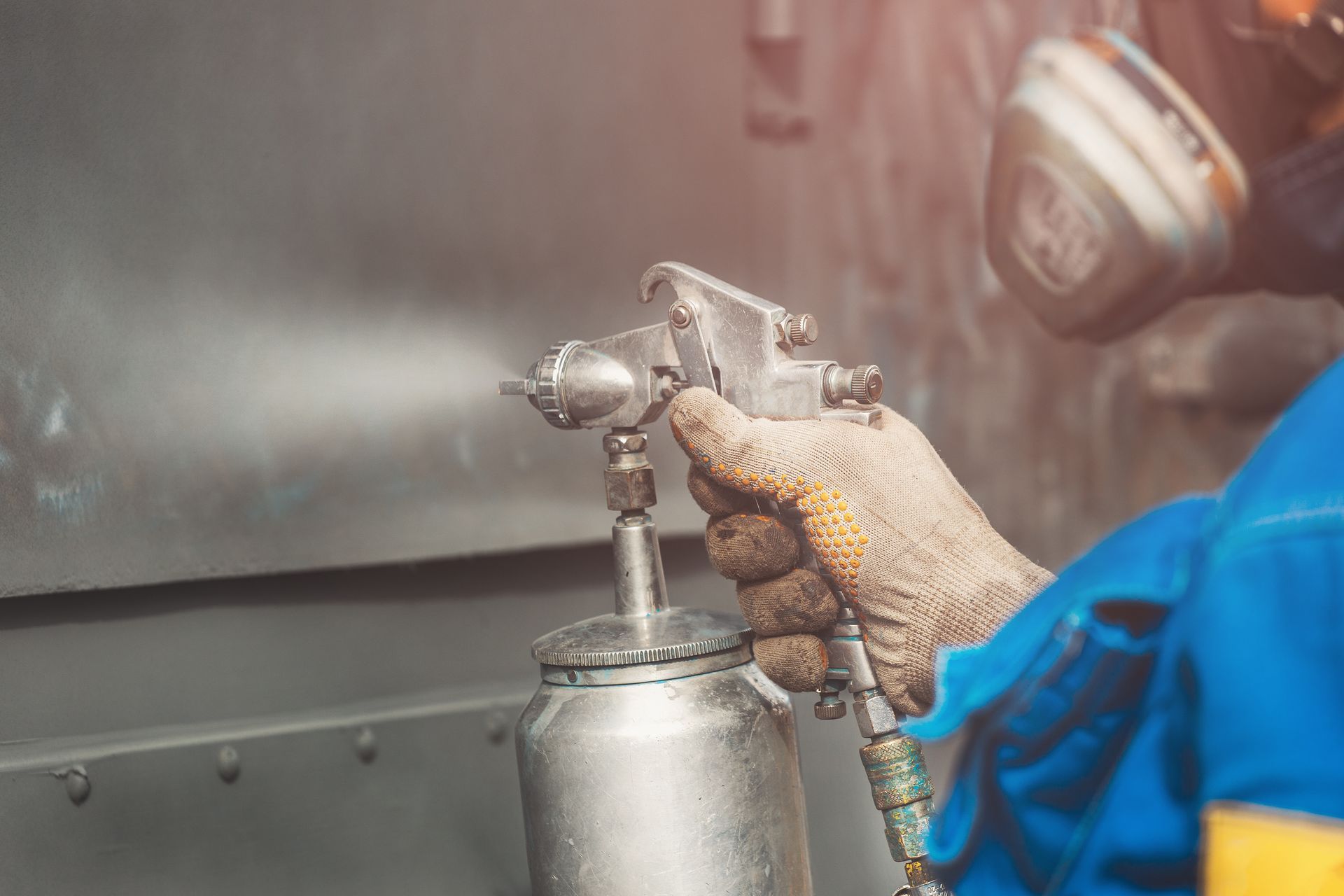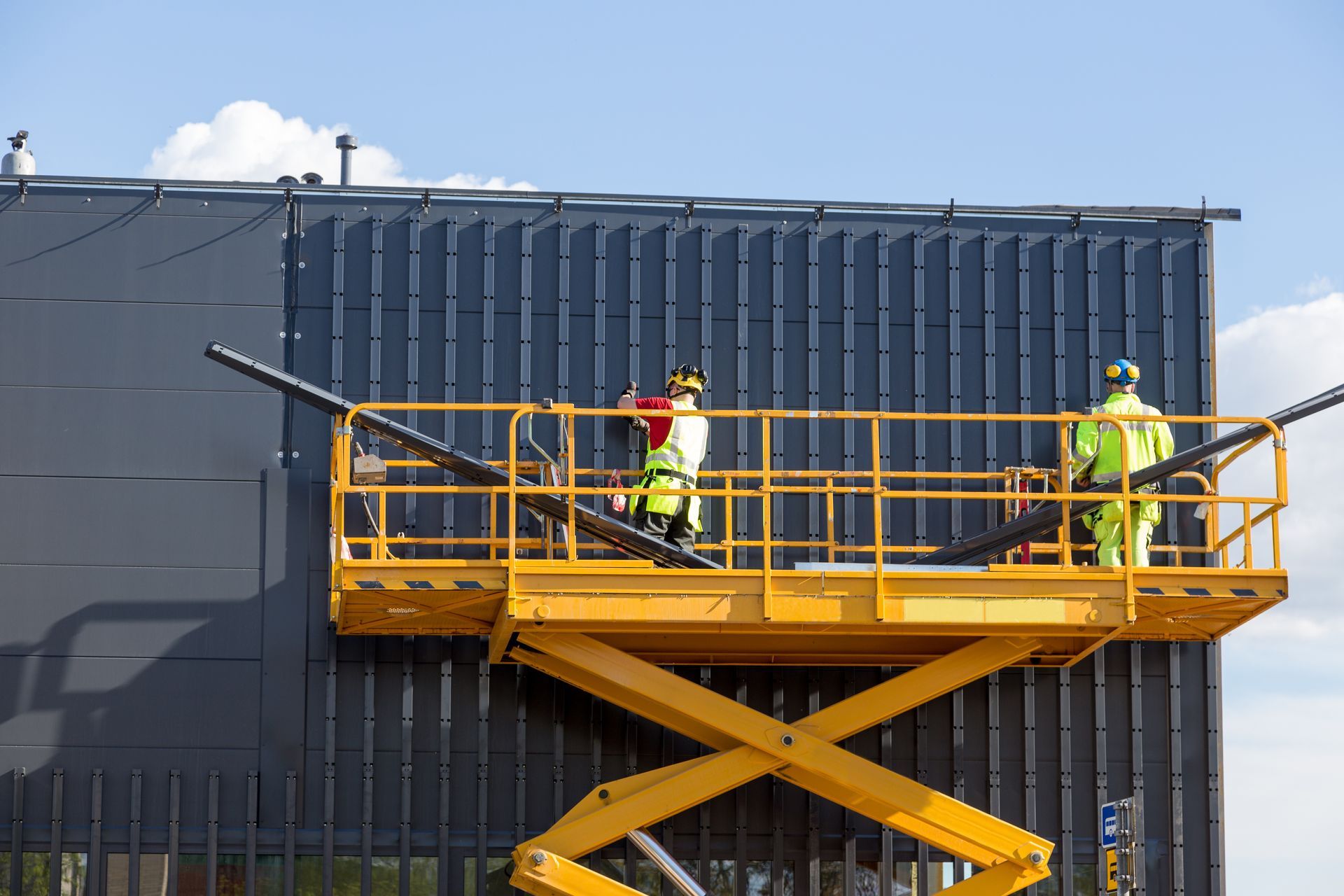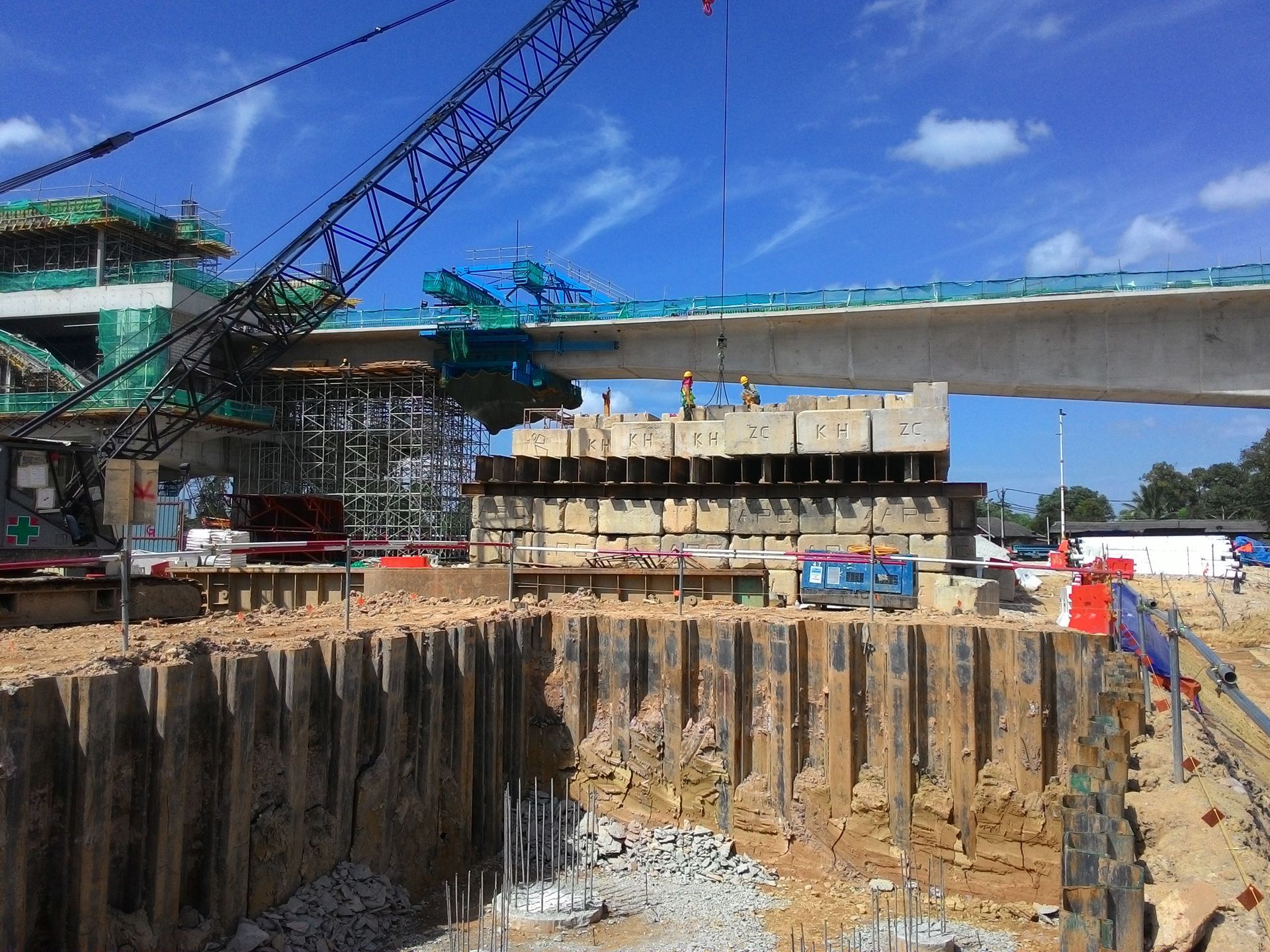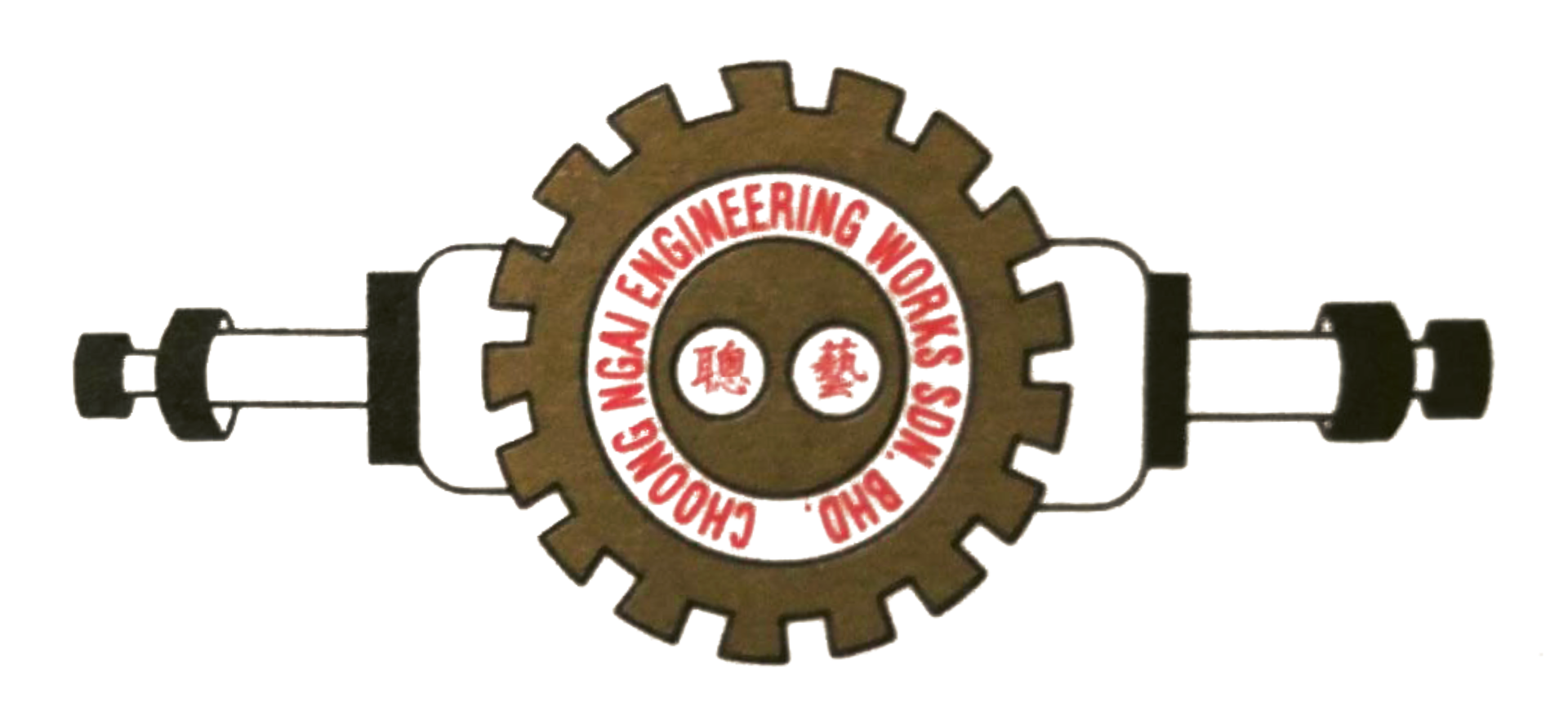How Process Control & Testing Uphold Metal Coating Quality
Metal coating quality does not happen by chance. It is the result of controlled processes, disciplined testing, and clear documentation that protect durability, corrosion resistance, and fatigue strength—qualities valued across industries including aerospace and heavy construction, where stainless steel is preferred for its ability to withstand vibration, stress, and oxidation.
This is especially critical in high-stakes applications like
metal piling repair, where coating failure can compromise structural integrity and delay site progress. In aerospace, stainless steel coatings help prevent fatigue cracking and corrosion under extreme conditions, ensuring long-term reliability.
Defining Quality in Metal Coating Applications
Metal coating is the controlled application of a thin protective or functional layer to a metal component. Coatings may enhance appearance and improve properties such as electrical conductivity, wear resistance, and corrosion performance.
In practice, quality means meeting clearly defined, measurable requirements under stated conditions. Stainless steel coatings must meet stringent criteria in order to perform reliably under high stress and temperature fluctuations.
Typical acceptance criteria include:
- Thickness Within Tolerance: Correct film build across flats, edges, recesses, and complex features. Measure at agreed locations with appropriate gauges.
- Uniform Coverage: Free from pinholes, porosity, shadowing, and edge starvation. Confirm by visual inspection and specified electrical holiday testing where required.
- Adhesion Integrity: Strong bond to the substrate with no flaking, lifting, or blistering. Verify using the agreed adhesion test method.
- Corrosion Resistance: Performance aligned to the service environment and verified against relevant ISO, ASTM, or BS EN methods for the specified duration.
- Appearance and Colour: Gloss, texture, and colour consistent with approved standards or master panels. Define tolerances with visual criteria and instrument readings where applicable.
Why Quality Assurance Matters in Metal Coating
While the terms are often used interchangeably, QA and QC serve different roles in metal coating.
- Quality Assurance: QA is proactive and process-focused. It establishes documented procedures that prevent defects before they occur. Typical elements include equipment calibration, bath chemistry management, oven profiling, operator competence, and process certification. QA builds quality into the job from the outset.
- Quality Control: On the other hand, QC is reactive and product-focused. It inspects and tests finished parts to detect and correct defects. Activities include thickness measurement, adhesion testing, visual checks against defined criteria, and records review. QC confirms that outputs meet the specified standard.
Are you looking for verified coating performance and dependable delivery? Protect durability before issues escalate, and
get in touch today for a free quote.
5 Proven Methods to Test Coating Performance & Durability
Quality control helps verify coatings under controlled, repeatable conditions so every batch meets its specification. The 5 methods below give a reliable toolkit for predicting real-world durability, satisfying audits, and preventing costly failures after installation.
1. Coating Thickness Measurement
Confirms protective coverage without excess material. Thin films fail early, and thick films may crack or lose adhesion.
- Use a calibrated dry film thickness gauge—magnetic induction for ferrous substrates, eddy current for non-ferrous
- Take multiple non-destructive readings after full cure to check uniformity and tolerance compliance
- Report mean, minimum, maximum, standard deviation, measurement locations, instrument ID, calibration status, and the specified range in micrometres (µm).
2. Adhesion Strength Evaluation
Assesses how well the coating bonds to the substrate and reveals issues with surface preparation or curing.
- Use the cross-hatch test—cut a grid to the substrate, apply specified tape, remove at set angle and speed, then rate retained squares against a standard scale
- For flat areas, use pull-off adhesion to get a quantitative result in megapascals (MPa)
- Record blade spacing, tape type, dwell time, removal angle, temperature, humidity, and surface preparation details (e.g., blast profile, cleanliness grade).
3. Salt Spray & Corrosion Resistance Testing
Accelerated corrosion testing assesses durability for parts exposed to moisture, salts, or chemicals.
- Place coated panels in a chamber that delivers fine salt mist at elevated temperature
- Follow standards such as ASTM B117 or ISO 9227
- Inspect panels at fixed intervals (e.g., 24, 48, 96 hours) for rust, blistering, and scribe creep
- Report hours to first rust, rusted area percentage, blister size/frequency, scribe creep (mm), chamber settings, and panel orientation
- Use production-matched substrates and pre-treatments.
4. Hardness & Abrasion Durability Checks
Hardness and abrasion checks show whether a coating can resist scratching, scraping, and friction in high-contact applications.
- Pencil Hardness Test: Move pencils of increasing hardness across the surface and record the hardest grade that does not cut through the film.
- Abrasion Resistance Test: Run rotating abrasive wheels under specified load for set cycles, then report mass loss, haze change, or wear index
Perform tests only after full cure. Clean specimens between cycles; record loads, wheel/pencil grades, cycle count, endpoint used, and any change in mass, gloss, or haze.
5. Impact Resistance Testing for Surface Integrity
Impact resistance measures coating resilience against cracking, chipping, or delamination when mechanical shock.
- Drop a ball or weight from a known height in direct or reverse mode
- Inspect impact site for damage
- Increase energy levels stepwise to define a safe window
- Report weight, drop height, calculated energy (if used), support method, test mode, visual rating, and any adhesion check at the impact site.
Seeking Metal Coating Expertise in Malaysia? Partner with Choong Ngai Engineering
Validate coating performance and protect your schedule with precision-built solutions by Choong Ngai Engineering.
Enquire now for a free quote. We take pride in delivering specialised solutions that meet the highest specifications for accuracy and durability, batch after batch.
